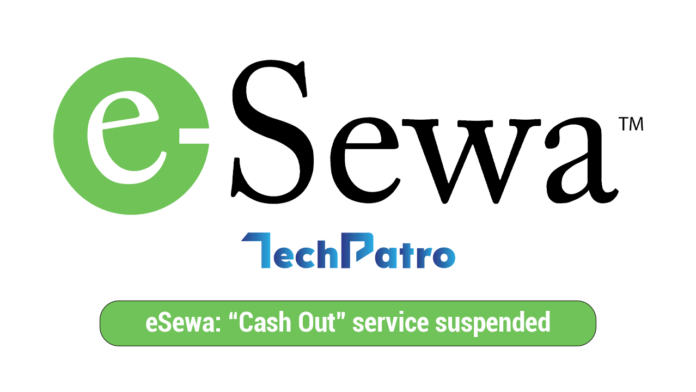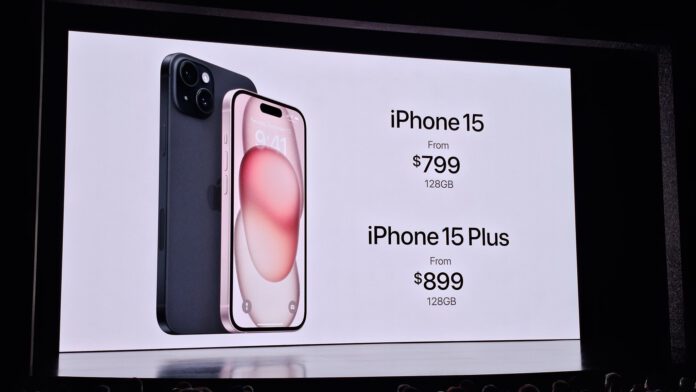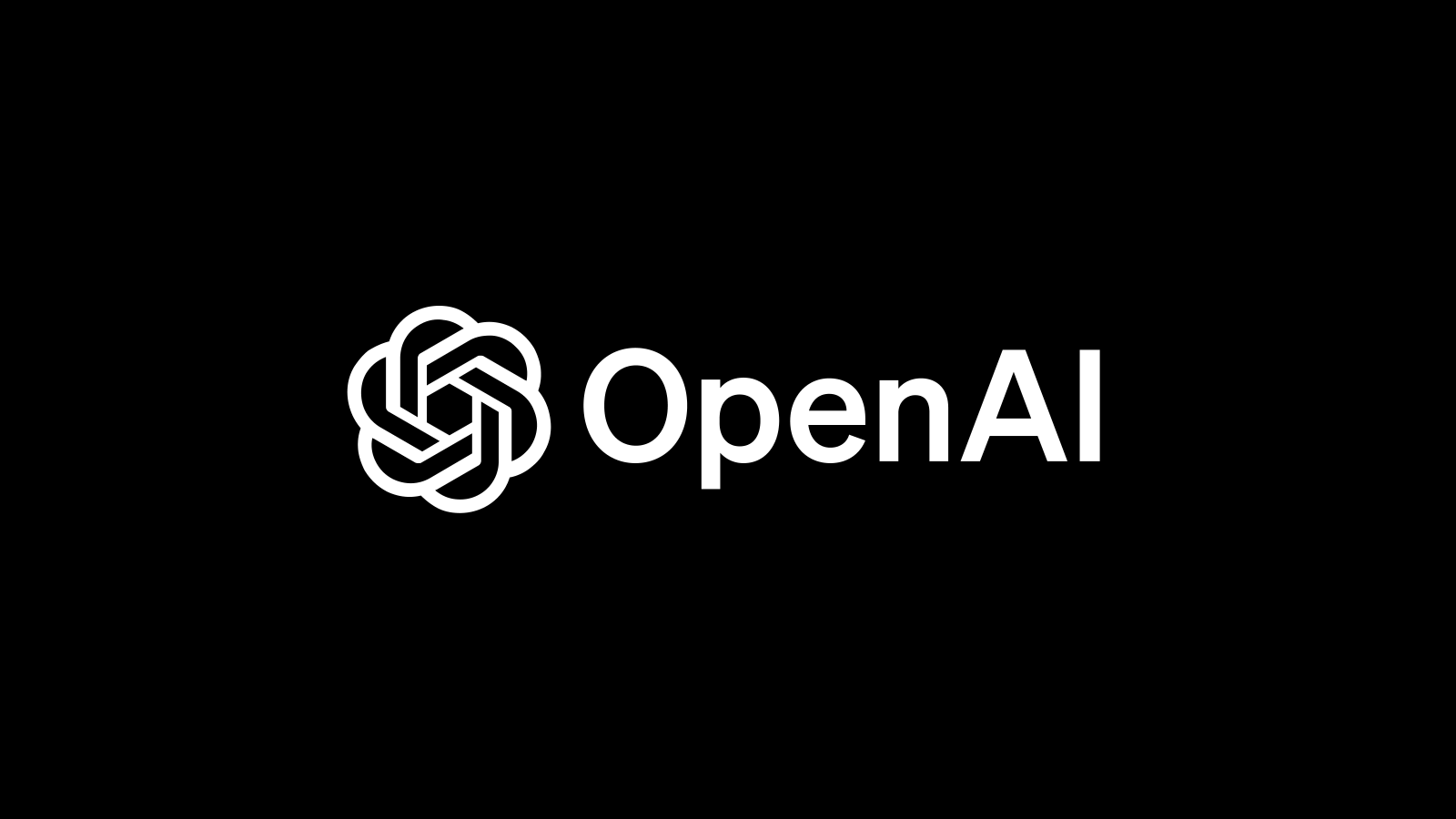3 min read
Exploring the Realm of Form Control:Git and GitHub Preparing Session at PUSOE/PUSAT College
- admin
- January 6, 2025
2 min read
New images show iPhone 15 with thin edges on the screen and USB-C port
- admin
- January 6, 2025








